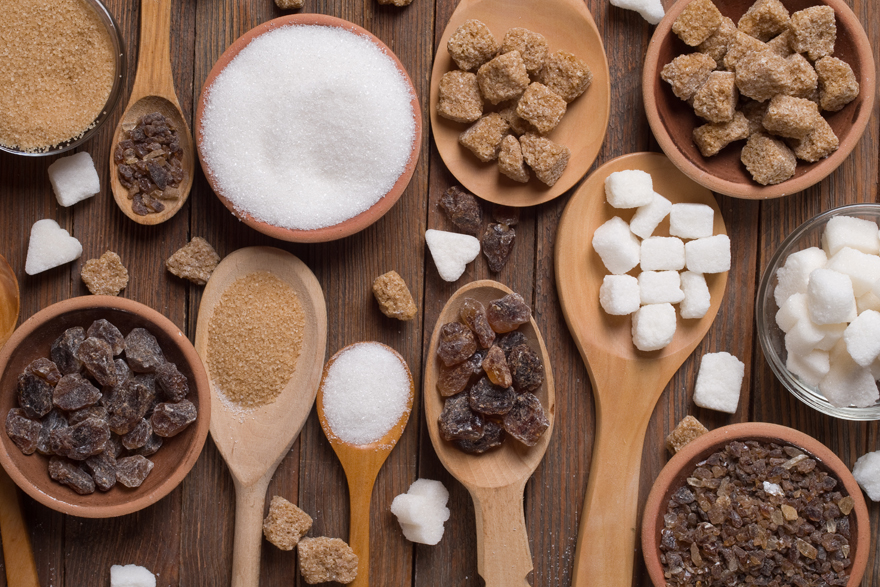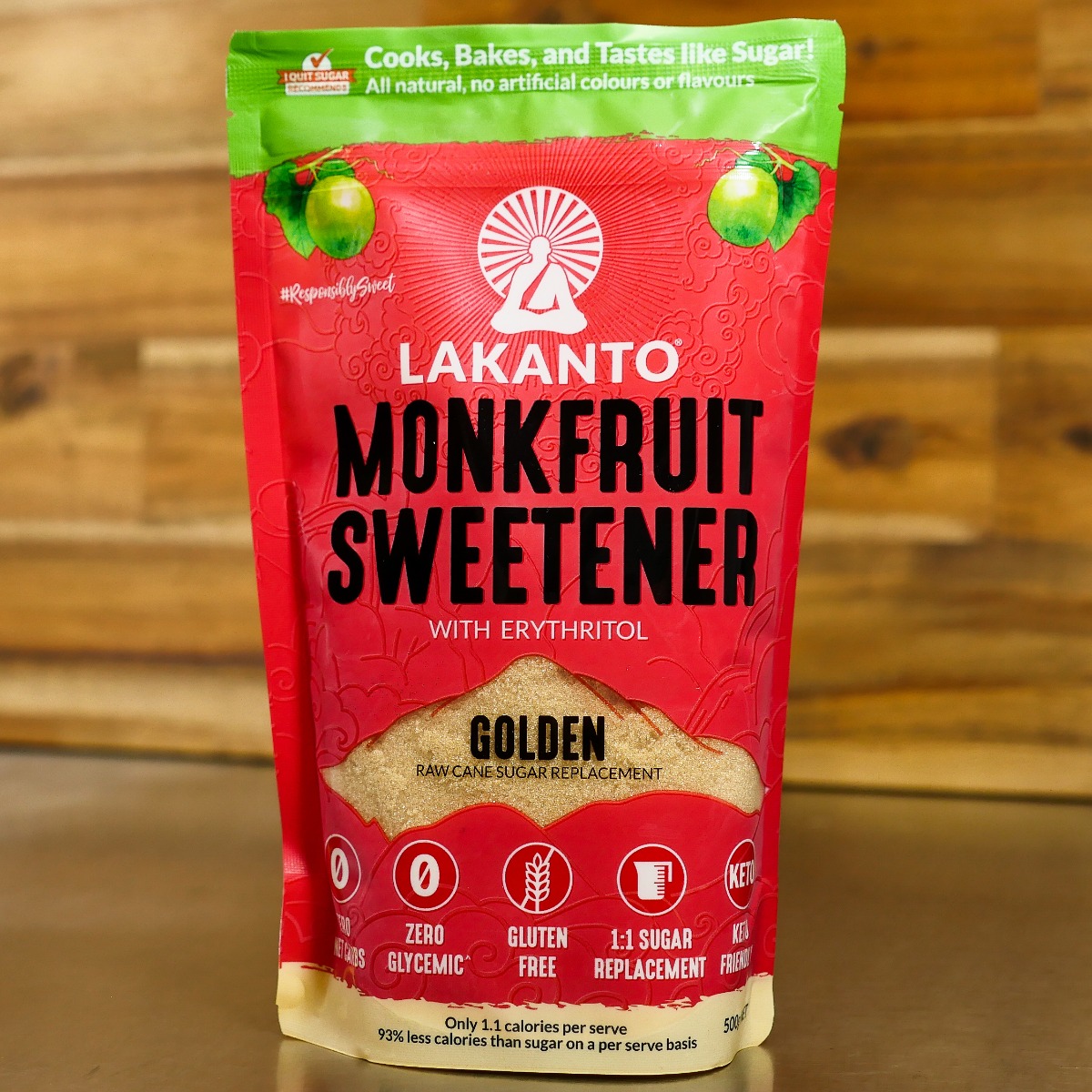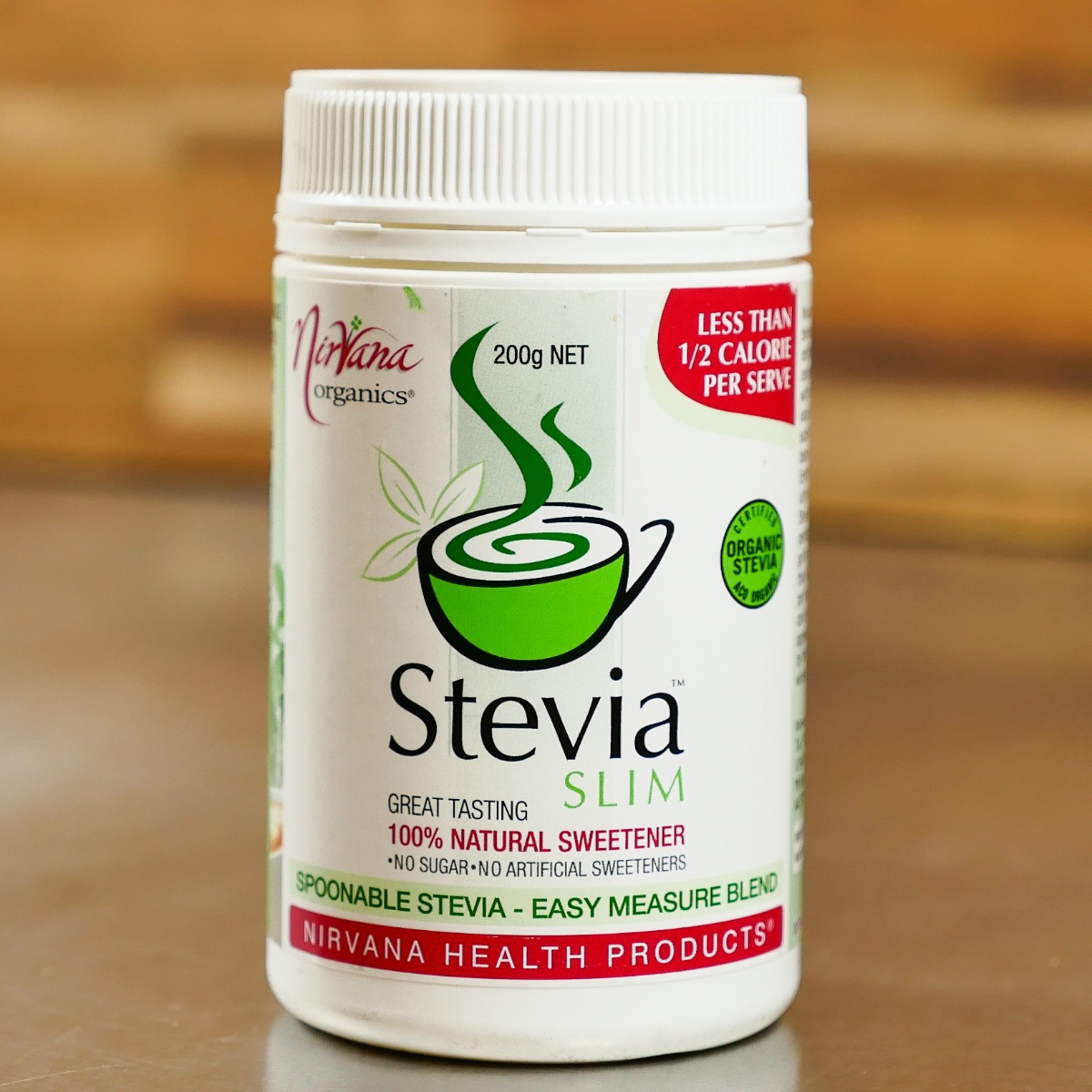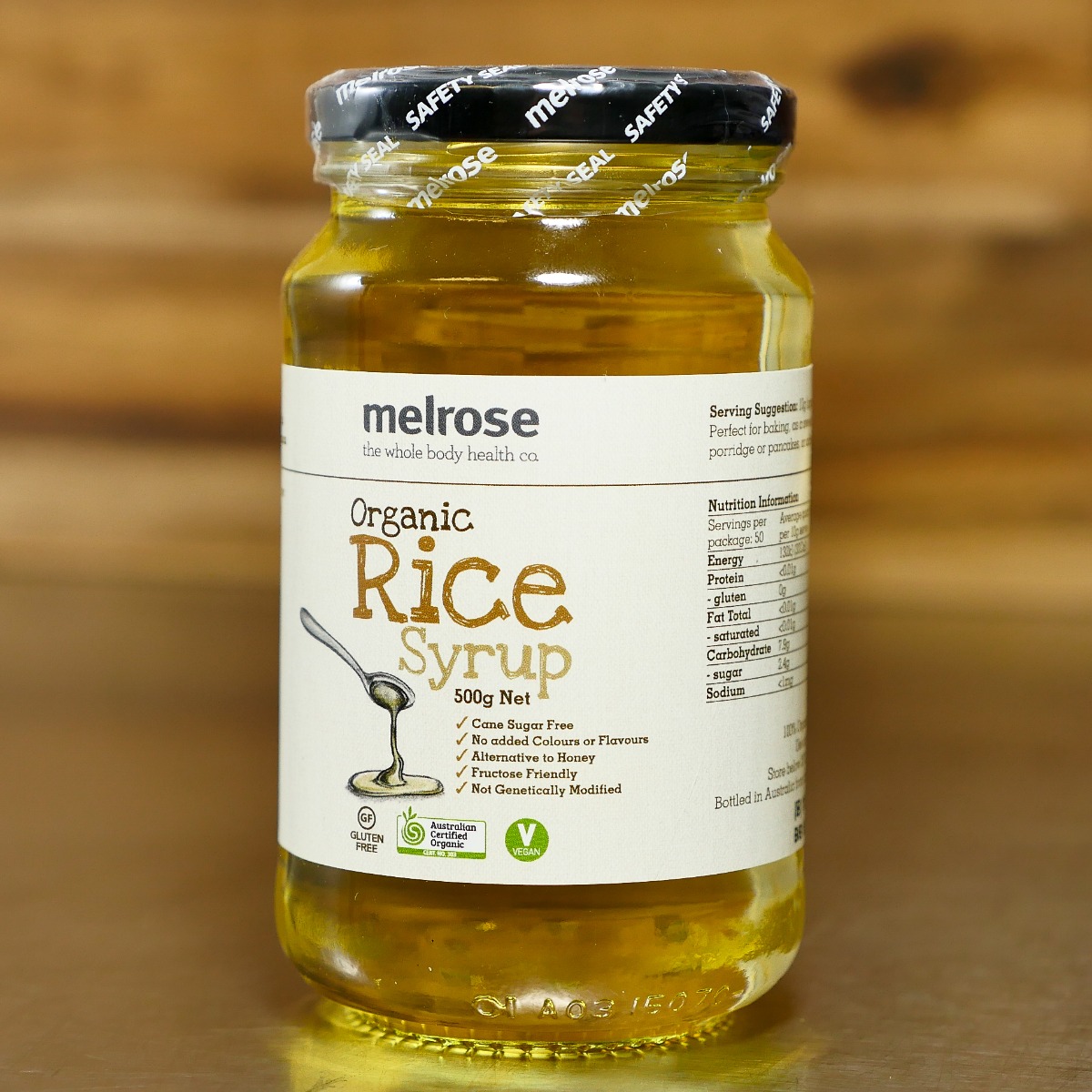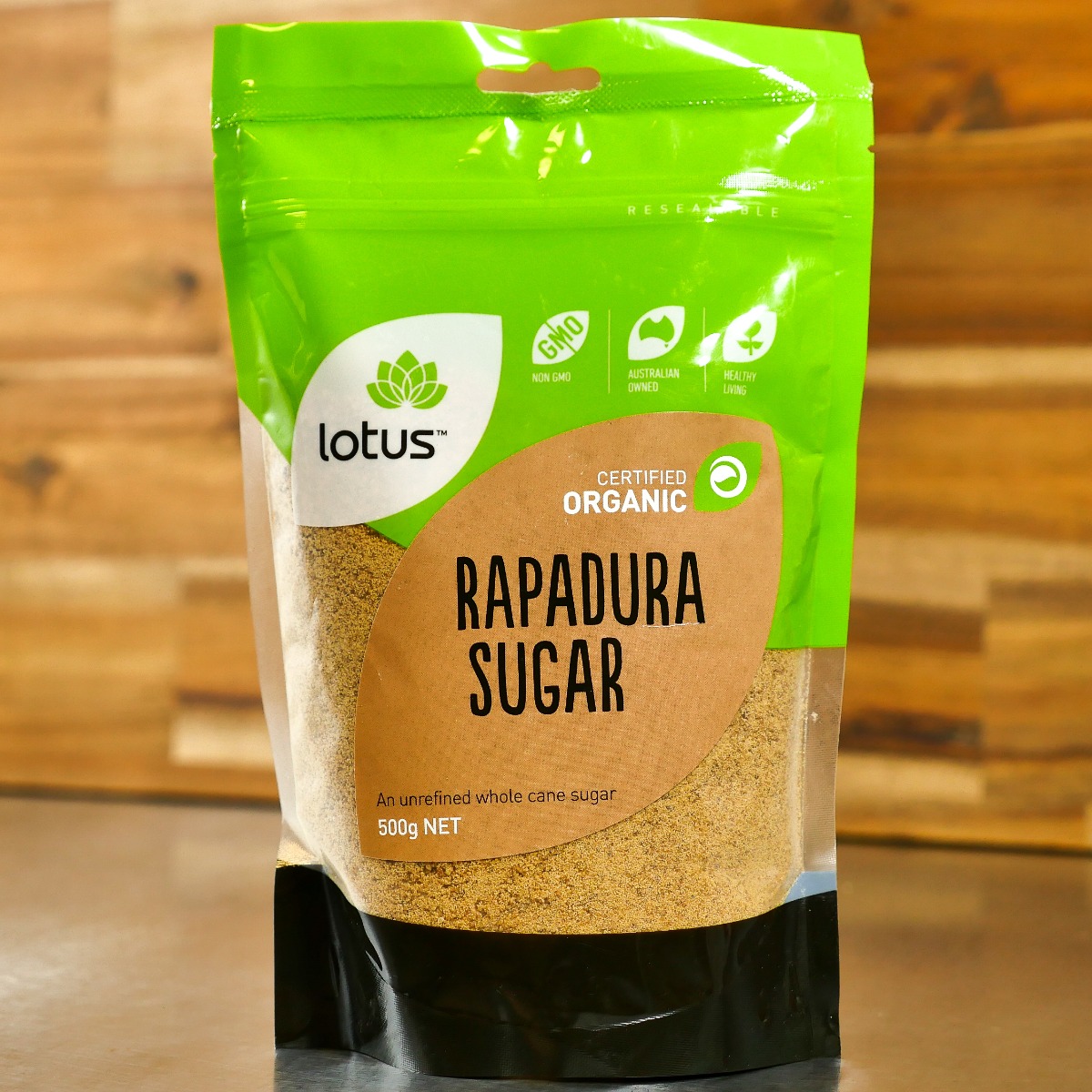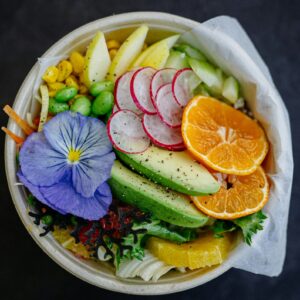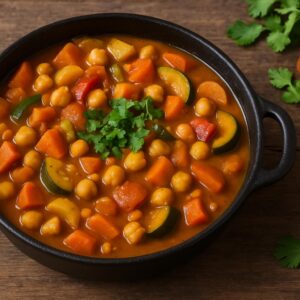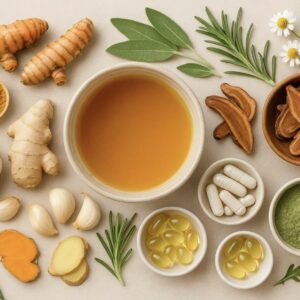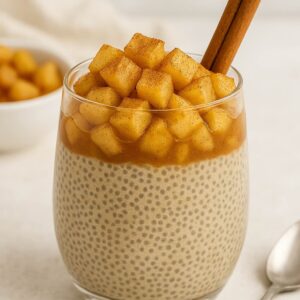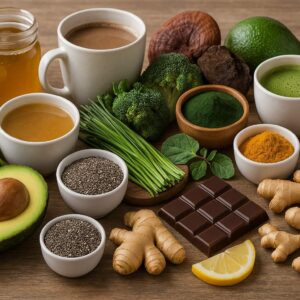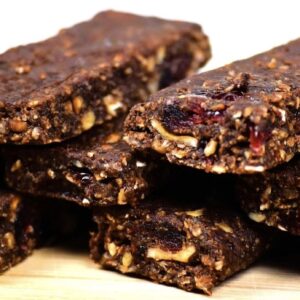What’s the difference?
Natural and Alternative Sweeteners Explained
With so many natural and alternative sweeteners available, it can be overwhelming when deciding which one to choose for your recipe or dietary choice. Here we explain each sweetener, where it comes from, its macro count and some of the key uses to help you decide which may suit you best.
1)Maple Syrup
Maple syrup is produced from the sap of the black or red Maple trees and can range from dark to light varieties depending on how late in the season the sap is harvested. It has a Glycemic Index of 54 and is comprised of about 75% sucrose with small amounts of glucose and fructose. It also contains manganese, zinc and calcium.
Uses:
Thanks to its delicious, caramel like flavour, maple syrup pairs perfectly with pancakes and French toast, and can be added to smoothies and substituted in baked goods for honey or other liquid sweeteners. Be sure to choose the authentic Canadian maple syrup and not the artificially flavoured alternative.
Tip: To substitute maple syrup for sugar, you should use 1/3 less maple syrup than the amount of sugar called for and decrease the wet ingredients by approx. 2 Tbs for every half cup of maple syrup.
2)Raw Honey
Raw honey is unheated, unprocessed and collected by bees from the nectar of various flowers (determining flavour and colour). It is comprised of mostly fructose with some glucose and has a Glycemic Index of 58. Raw honey is already pre-digested by the bees and is therefore an excellent gut support and digestive aide. It’s also anti-bacterial, anti-fungal and anti-viral and can be applied topically to treat a range of conditions.
Uses:
Raw honey has an amazing variety of uses and can be used to sweeten a range of foods and drinks as well as be mixed with other ingredients to make a nourishing face mask, shampoo, lip balm or face cream. For sore throat sufferers, raw honey can be soothing and healing thanks to its antibacterial qualities and can also be applied directly to the skin to reduce the intensity of first-degree burns.
3)Agave Nectar
Agave nectar comes directly from the Agave plant and is comprised mostly of fructose with small amounts of glucose. It is popular among raw foodists as it is processed and extracted at low temperatures. It has a very low Glycemic Index of 15 and can be helpful to keep blood sugar levels stable and can help you feel full for a longer period of time.
Uses:
Like both maple syrup and honey, agave nectar is delicious in a range of foods and drinks and is particularly useful as the main sweetener in raw desserts.
When substituting in recipes, use 2/3 cup agave to replace 1 cup sugar and reduce liquid in recipe by ¼ the amount.
4)Brown Rice Syrup
Brown Rice Syrup is a result from the cooking of brown rice with a mix of enzymes to break down starches. It is low in fructose and is predominantly glucose based. Because of this it has a very high Glycemic Index of 98 so may impact blood sugar levels for sensitive individuals. It is high in magnesium, Niacin and B6 and contains 7% protein.
Uses:
Brown rice syrup is only about half as sweet as table sugar and to substitute must be used at a ratio of 1/1/4 cups of rice syrup for one cup sugar, using ¼ less of another liquid in the recipe.
5)Rapadura Sugar
Rapadura sugar is made from evaporated sugarcane juice. Sugarcane is juiced and dehydrated at low temperatures and ground to produce the nutrient rich sugar. It has a Glycemic Index of 43 and is made up of predominately sucrose with small amounts of glucose and fructose. One major benefit nutritionally is that it is rich in polyphenols, a plant- based nutrient with powerful antioxidant benefits.
Uses:
Rapadura sugar can be substituted directly with white or brown sugar on a 1:1 ratio. It has a delicious, caramel like flavour and is delicious in coffee or other hot beverages as well as baked goods and desserts.
6)Coconut Sugar
Coconut sugar comes from the evaporated coconut sap after it’s been extract from coconut flower blossoms. It has a relatively low Glycemic Index and is made up of mostly sucrose (89%). Coconut sugar is rich in iron, zinc, calcium and potassium and contains a fibre called inulin, which is a powerful prebiotic digestive aide.
Uses:
It is very similar to rapadura sugar in that it has a delicious, coconutty, caramel flavour that is suited to crumbles, cakes, biscuits and slices. It is often added to Asian cuisine to balance sweet, salty and sour flavours and can be substituted at a ratio of 1:1 with other sugar alternatives.
7)Erythritol
Erythritol is a sugar alcohol derived from certain fruits, mushrooms and fermented foods. It is made through a fermentation process and is about 70% as sweet as sugar. It is considered extremely low calorie and has a Glycemic Index of zero. It is often used in sugar free confectionary and beverages due to its similarity in taste to ordinary sugar.
Uses:
Substitute about 1.5 cups of erythritol to replace 1 cup of sugar if you wish the sweetness to remain the same. Perfect for use in baked goods and desserts.
8)Birch Xylitol
Authentic xylitol is extracted from the birch tree and has an extremely low Glycemic Index of 7-12. It has 33% less calories and 75% less carbohydrates than white sugar making it very popular for low carb, sugar free or keto followers looking to lower their carb and sugar content. One of the most beneficial aspects of xylitol is its dental effect with evidence to show it can balance PH in the mouth and reduce dental caries and gum disease. For this reason, it is commonly added to toothpastes and chewing gum. It also contains zero sugars and has therefore no effect on blood glucose levels. One downside to xylitol is that it is a sugar alcohol and can cause intestinal upset of bloating and flatulence if taking in large quantities.
Uses:
Xylitol can be substituted 1:1 in place of sugar in a range of recipes to achieve a similar result in flavour and texture. The powdered xylitol makes a great icing sugar substitute for cakes and slices.
9)Stevia
Stevia originates in Paraguay from the leaf of the stevia plant. It is about 300 times sweeter than sugar and contains no calories, carbohydrates or sugars. Stevia has a Glycemic Index of 0 and is useful for diabetics as it has zero impact on blood sugar levels. It’s available as a liquid, powder or tablet or as dried ground green stevia leaf powder.
Uses:
Stevia is difficult to use in baked goods as it cannot be substituted for other sweeteners in a similar volume. 1 tsp of stevia powder or 20 drops liquid is equivalent sweetness to 1 cup sugar. It is therefore best suited to use in smoothies and drinks where you can adjust the amount to suit your tastes without impacting the final product.
10)Monk Fruit Extract
Monk fruit is a small sub-tropical melon that originates in the mountainous regions of China. Monk fruit is naturally rich in antioxidants and minerals as well as naturally occurring sugars that make it ideal as a sweetener. Monk fruit sweetener is also unique in that it contains zero calories, or carbohydrates and is up to 200 times sweeter that sugar.
Uses:
Add monk fruit extract to drinks, smoothies and icings/buttercream for an all-natural sweetness boost.
11)Lucuma Powder
Made from Peruvian Lucuma fruit that has been dried at low temperatures and milled into a fine powder. It is known as the ‘Gold of the Inca’s’, as this fruit is a symbol of fertility and creative and is therefore known as a tonic for the reproductive system.
1 tsp of Lucuma powder provides 2% of RDI of iron and it is also high in calcium, magnesium, phosphorous and potassium. It has a low Glycemic Index of only 25 and is also low in fructose, glucose and sucrose – a unique feat among sweeteners.
Uses:
Lucuma has a sweet flavour with hints of caramel and maple and is particularly suited to raw recipes as the nutritional benefits of this powder are greatly reduced through heating. It can be substituted 1:2 in recipes meaning for every 1 cup of sugar required, use 2 cups lucuma powder.

